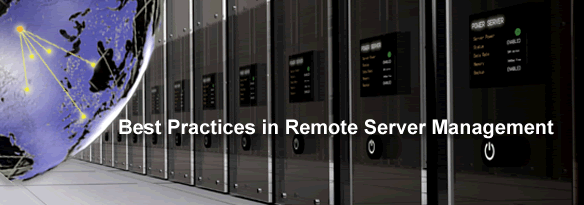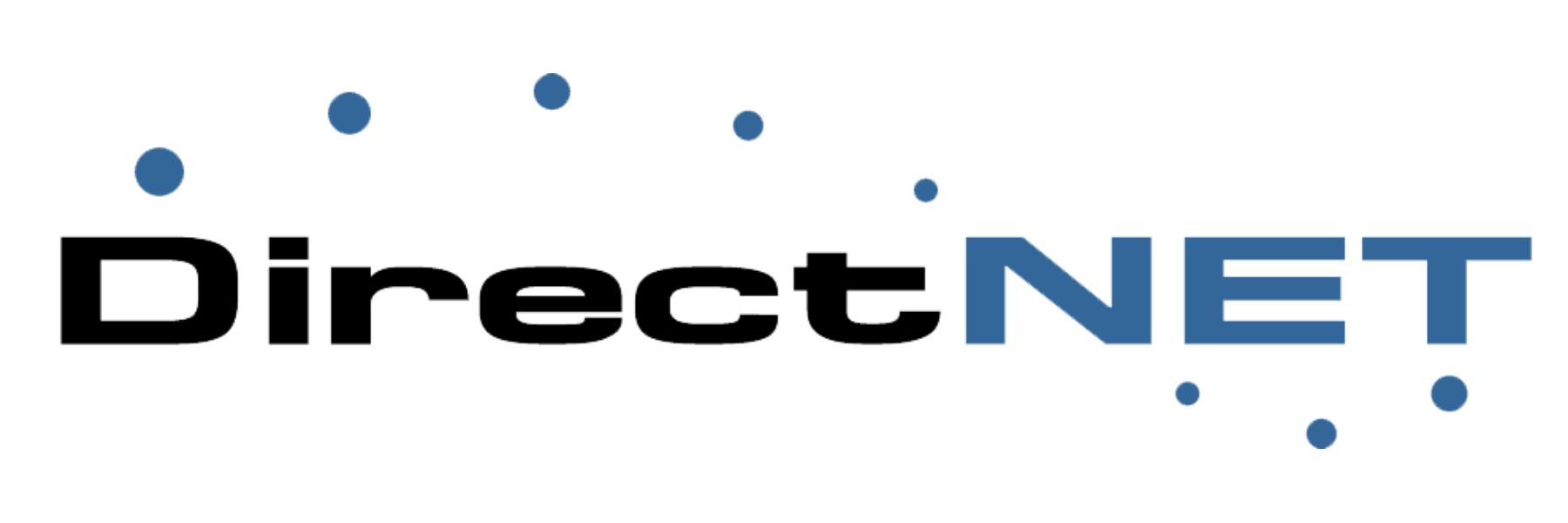Best practices in Remote Server Management
Use of service processors in remote management solutions.
Q. How do most of our customers currently access and manage their servers?
A. Our clients access and manage their servers in several different ways, including using KVM over IP, Console Servers, Remote Desktop Protocol (RDP), Virtual Network Computing (VNC), Terminal Services, and SNMP in conjunction with integrated onboard technologies/service processors. Many customers also take advantage of centralized server management platforms that allow them to effectively control all of their datacenter equipment from a single interface, providing a unified point of entry.
Q. How do each of these approaches compare to each other?
A. These approaches fall on a continuum. Secure console servers and KVM over IP offer the most robust remote management capabilities; followed by iLO/IPMI/DRAC; and then RDP, Terminal Services, and VNC; which offer more limited remote management capabilities.
Q. What are the challenges of using various means of access in heterogeneous environments?
A. The challenges are numerous. For example, in heterogeneous environments, all the equipment “speaks” a different language, thus requiring multiple management tools and interfaces to connect to devices, which is very cumbersome. In addition, without a standard access method, personnel need to learn many different ways to retrieve information and access devices, which can be very inefficient.
Q. Are there ways to integrate some or all of these approaches to access in a single format or console?
A. Yes. Through Avocent’s DSView 4 software, Avocent MergePoint devices consolidate and manage devices with onboard service processors like iLO (HP), DRAC (Dell), RSA II (IBM) and ALOM (Sun) technologies, allowing power control, hardware monitoring, scripting, and provisioning for all connected devices through a single interface, even in heterogeneous environments. Also, since the MergePoint consolidates all ports, only one external IP address and Ethernet port are needed for all connected devices-eliminating the headache of 1:1 management and the hassle of multiple network drops. The MergePoint can really help cut down on tedious device management work, saving time and reducing costs.

Q. Are there other technologies that can be integrated with these tools?
A. Yes-for example, Avocent’s DSView 4 software provides centralized management and consolidated access to devices with integrated onboard technologies, computer systems, servers, serial-based devices, environmental monitoring devices, and power distribution products through a single interface.
Q. In a homogeneous environment, does a client really need a centralized server management platform?
A. Yes. By simplifying access to IT assets, aggregating access, and providing a single management portal, centralized server management platforms eliminate the need to manage devices individually, saving time, reducing IT costs, and increasing efficiency. In addition, if downtime occurs, centralized management helps administrators access, troubleshoot, and bring servers and appliances back online quickly. In addition, some solutions can integrate support for RDP and VNC, so that full server management coverage (in-band and out-of-band) can take place from one user interface.
Q. Tell me a bit more about service processors. Do our clients use them to their full advantage?
A. Many of our clients don’t unlock the full potential of service processors and only take advantage of one or two features, like monitoring or power control. Along with the ability to remotely power cycle devices and monitor on-board instrumentation, service processors offer many other features like data logging, remote console access via Serial over LAN (SoL), KVM control, and the ability to set event traps and perform OS-level shutdown remotely. Many organizations have legacy equipment with embedded services processors and don’t utilize the technology they already have. With a minimal physical investment, they can make better use of their existing equipment.




